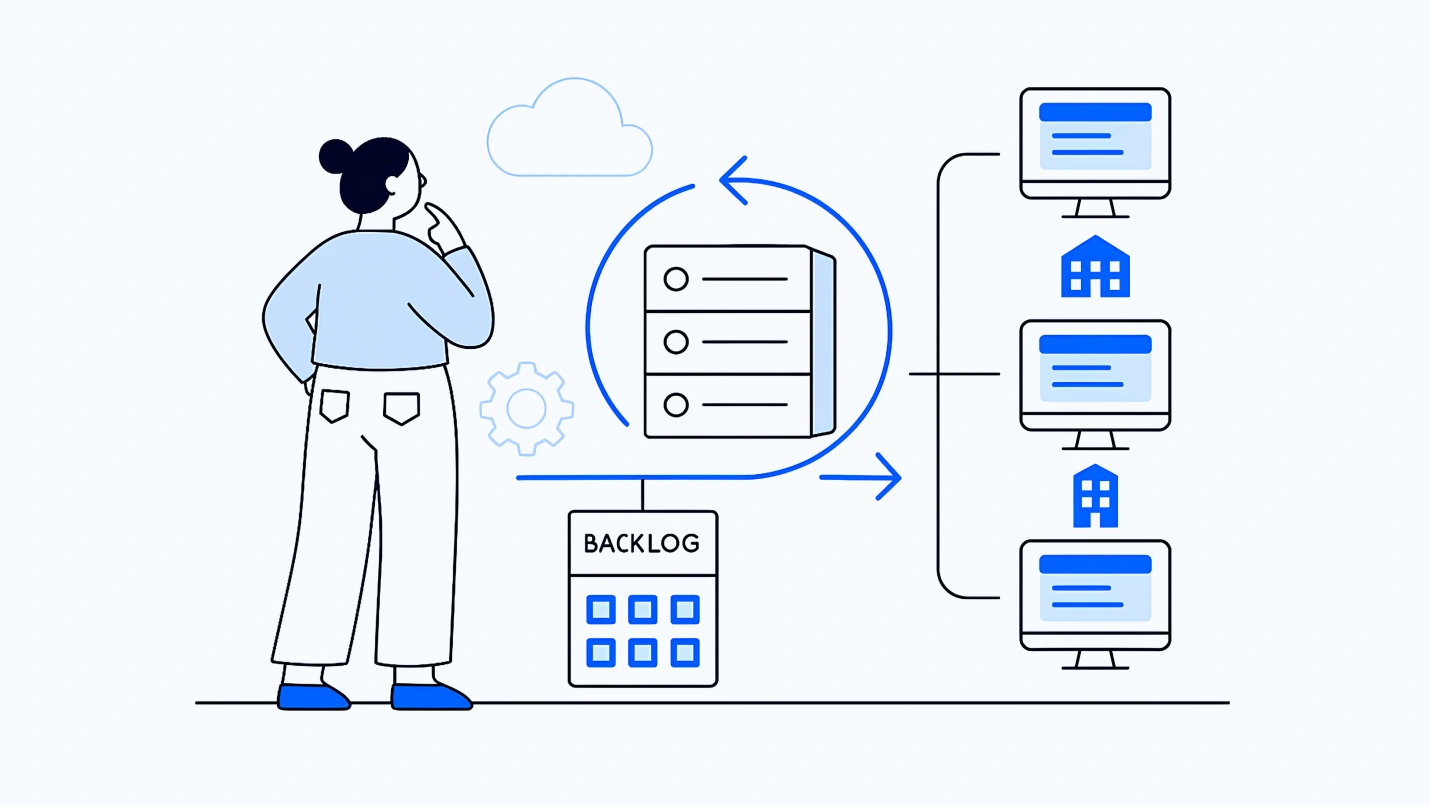Summary: Multi-tenant architecture is the backbone of almost every SaaS product deployed on the public cloud. Building a SaaS application on a multi-tenant architecture is a smart decision as it can save costs, improve scalability, easily introduce updates, and improve the efficiency of resources used. Read further to understand the multi-tenant architecture and how it can benefit your business.
SaaS products such as Slack, Salesforce, Hubspot CRM, ClickUp, Atlassian support multi-tenant architecture, i.e., a single application is shared among all its users. The vendor uses the same server and space to serve multiple user accounts.
Consider a hotel building with 12 floors, each having 4 condos. The entire building is managed by the builder (the SaaS service provider) and all the families reside in their condos without interference from neighbors. Moreover, the tenants have a separate key to their condo (login details) and customize it to suit their requirements.
This is quite similar to how a multi tenant environment works.
Multi-tenancy is a requirement for a SaaS vendor to be successful.— Marc Benioff, CEO, Salesforce
SaaS applications support multitenant architecture, which is the reason why the multitenant data center market’s continuous growth over the years.
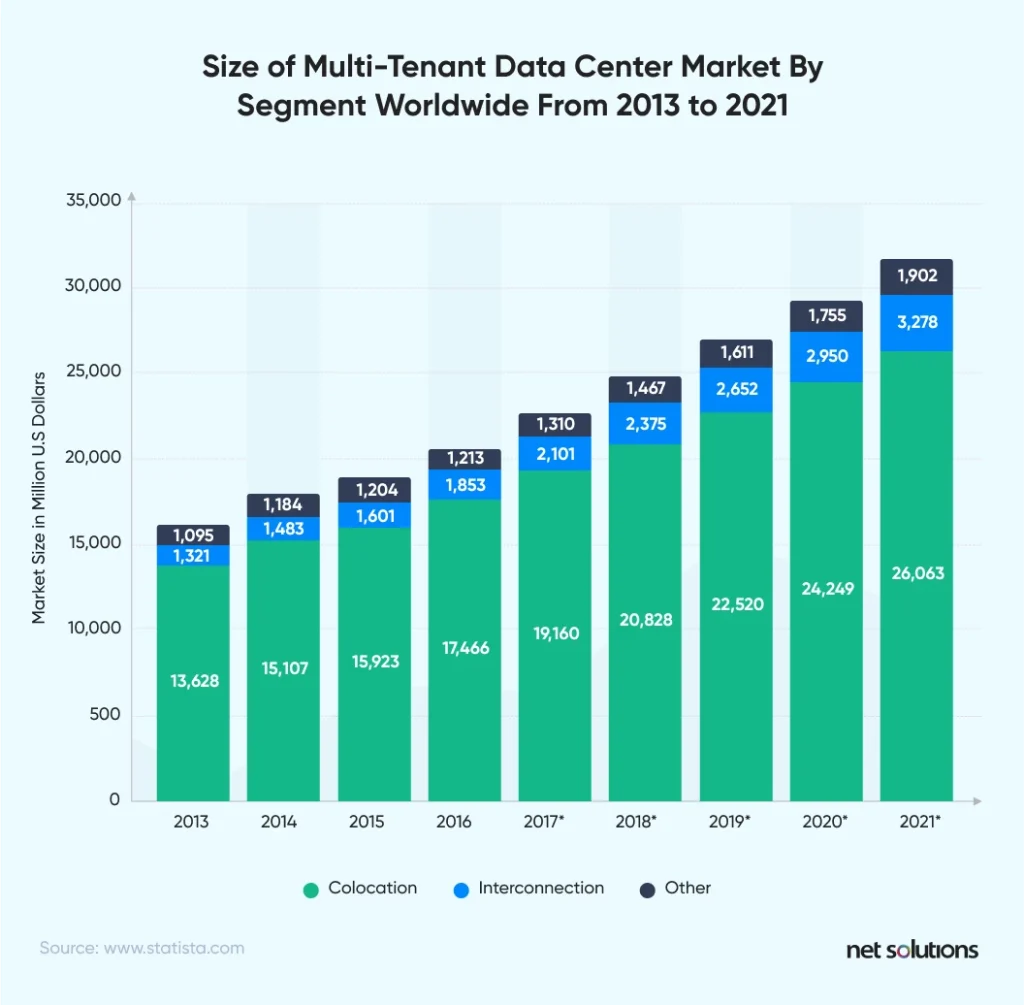
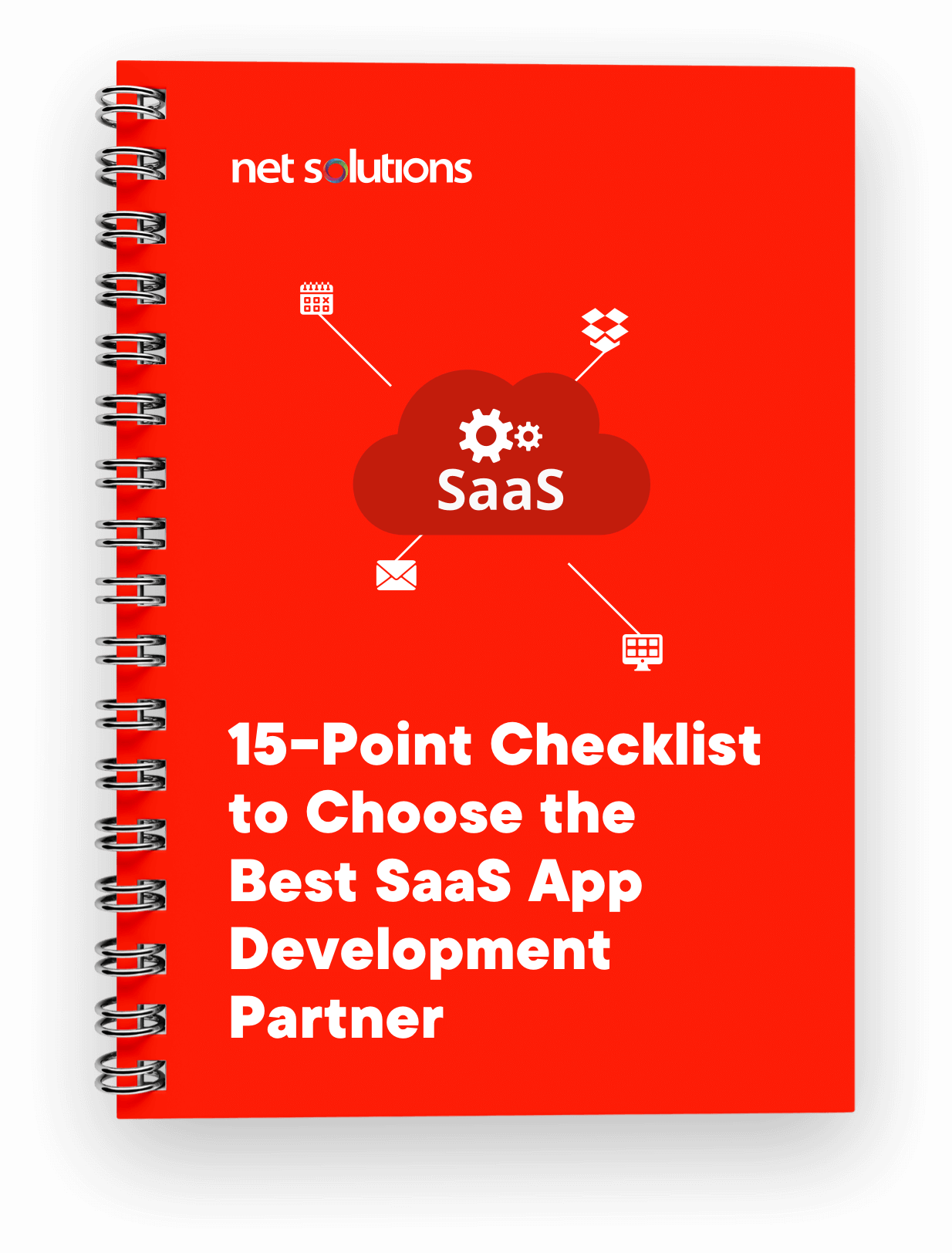
We respect your privacy. Your information is safe.
What is a Multi Tenant Architecture?
In a multi-tenancy architecture, a single instance of the software serves multiple customers. In this architecture, the same resources are shared on the cloud among tenants. These resources include — compute, networking, and storage.
In simple words, there is only one Salesforce. But, they have millions of customers accessing the same application that are unaware of each other’s existence. And, each of these customers has customized the application to suit their requirements.
Instead of 10 copies of the OS, 10 copies of the DB, and 10 copies of the app, it has 1 OS, 1 DB, and 1 app on the server. — CNCCookbook CEO, Bob Warfield
Popular examples of multi tenant architecture-based applications: Slack, HubSpot, Salesforce, Shopify, Gmail, Dropbox
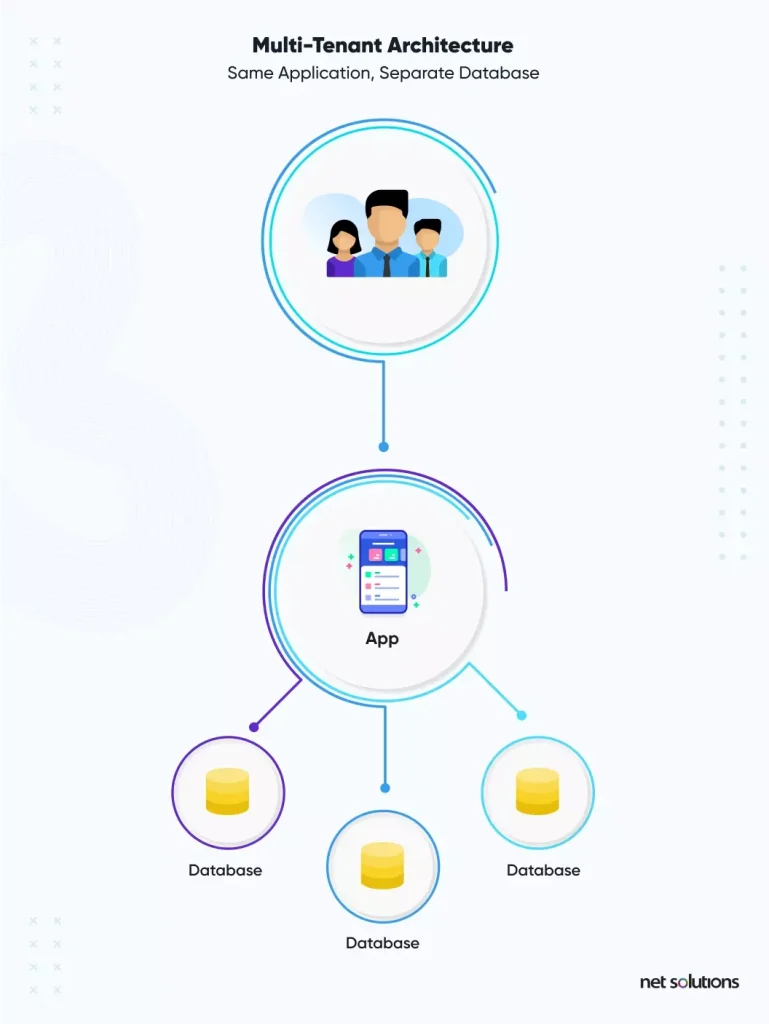
How is Multi-Tenant Architecture Different from Single-Tenant Architecture?
In a single-tenant architecture, a single instance of the software runs on a dedicated cloud server and serves a single customer. On the other hand, a multitenant architecture serves multiple customers at the same time.
A suitable analogy for a single-tenant architecture can be a villa that you build for your family. In this setup, you have an exclusive space and house (dedicated server space) that you own. You do not have to share anything with anyone and all the computing resources are only available and accessible to you.
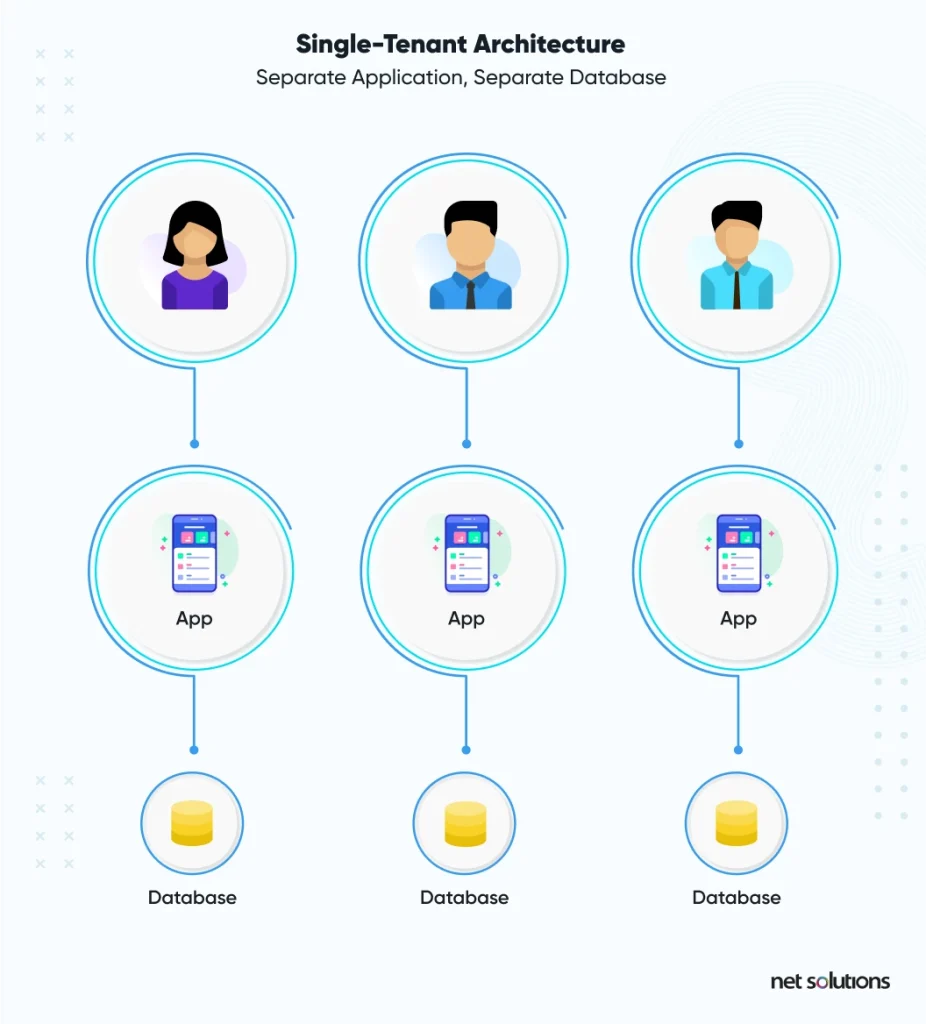
Here’s a consolidated comparison table that lists other essential differences between a single tenant and a multi tenant architecture:
| Setup and Maintenance | Setup and maintenance in single tenant architecture cost higher since it requires more time, effort, and resources. Also, since eCommerce vendors need to maintain new instances for each new user, the customer bears the brunt of higher costs. | The cost of setup and maintenance in Multi-tenant applications is less. The architecture also needs less time, resources, and effort for setup, upgrades, and maintenance as vendors usually perform these functions on their behalf. |
| Speed and Performance | A single-tenant architecture performs better as the performance of a single-tenant application does not impact the performance of the entire architecture. Although, factors like the load on the application, infrastructure, and supporting hardware may affect the performance. | The performance of a multi-tenant architecture is slightly less as the low performance of one multi-tenant application can significantly impact the entire architecture. Although, it is not a big issue these days as many modern multi-tenant applications use advanced mapping and resource distribution mechanisms. |
| Backup and Restoration | The single tenant architecture offers more control over backups and recovery. Since the backup includes both the code and data of a single instance, it’s easy to have a backup or restore the previous version. | Backup and recovery are complex in a multi-tenant architecture. Some multi-tenant application vendors don’t even offer any backup. Premium or dedicated backup options exist. But not all vendors can fulfill your data and security requirements. |
| Security and Dependability | A single-tenant system is more secure as every instance is wholly separated from another. As a result, there are no possible data accessibility points between tenants, and single-tenant environments are more dependable and future-proof. | Multi-tenant systems are closely connected, and there is only some isolation between single and shared databases. Since there are more access points, cybercriminals can take advantage and exploit the vulnerabilities. There are higher chances of falling prey to malicious attacks in a multi-tenant architecture. |
| Scalability and Efficiency | A single tenant architecture is more scalable as you can use your hardware and virtual machines. You no longer have to worry about other tenants affecting your performance. Also, you can quickly upscale whenever there’s a demand. | Scalability is not easy in multi-tenant architecture as resources are shared. However, vendors can more efficiently utilize resources. Also, they can shift these resources when there’s a demand and reduce costs by combining storage and hardware virtualization. |
| Control and Customization | The single-tenant architecture offers you complete control over what’s included in the software and total flexibility to manage everything – from updates to upgrades and maintenance schedules. You can even install additional software components to customize your experience. | You have less control in a multi-tenant architecture as any features remain universal for all tenants. Moreover, you have only a few customization options. |
Types of Multitenant Architectures
There are mainly two types of multitenant architectures, including:
1. One App Instance, One Database
In this setup, a single instance of the software supports a single database. All the user accounts that access the software product have their data stored in a single database.
This multi-tenancy architectural style offers scalability and increases the corresponding resources and capacity as and when the tenants increase. However, the biggest drawback of one app instance, one database is the noisy-neighbor effect.
Benefits
- Easy to scale
- Cheaper due to shared resources
Drawbacks
- Noisy-neighbor effect
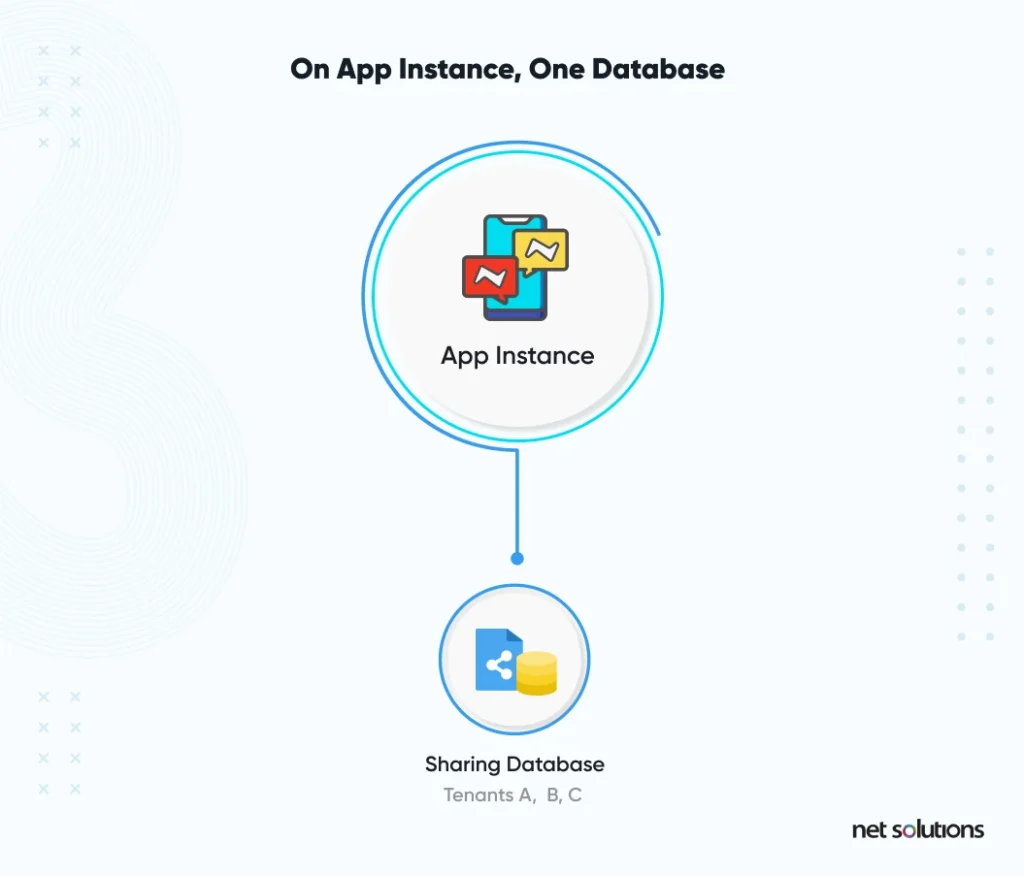
2. One App Instance, Several Databases
In this setup, a single instance of the software supports multiple databases. Each of the tenants has a dedicated database that is exclusively and independently maintained.
This type of multitenant architecture can get expensive as you are asking for a separate space to store the tenant data. When considering scalability, a business will have to request the compute node additions, which can further add to the expenses.
Benefits
- Low complexity
- Easy management
- Reduced noisy-neighbor effect
Drawbacks:
- Expensive
- Difficult to scale
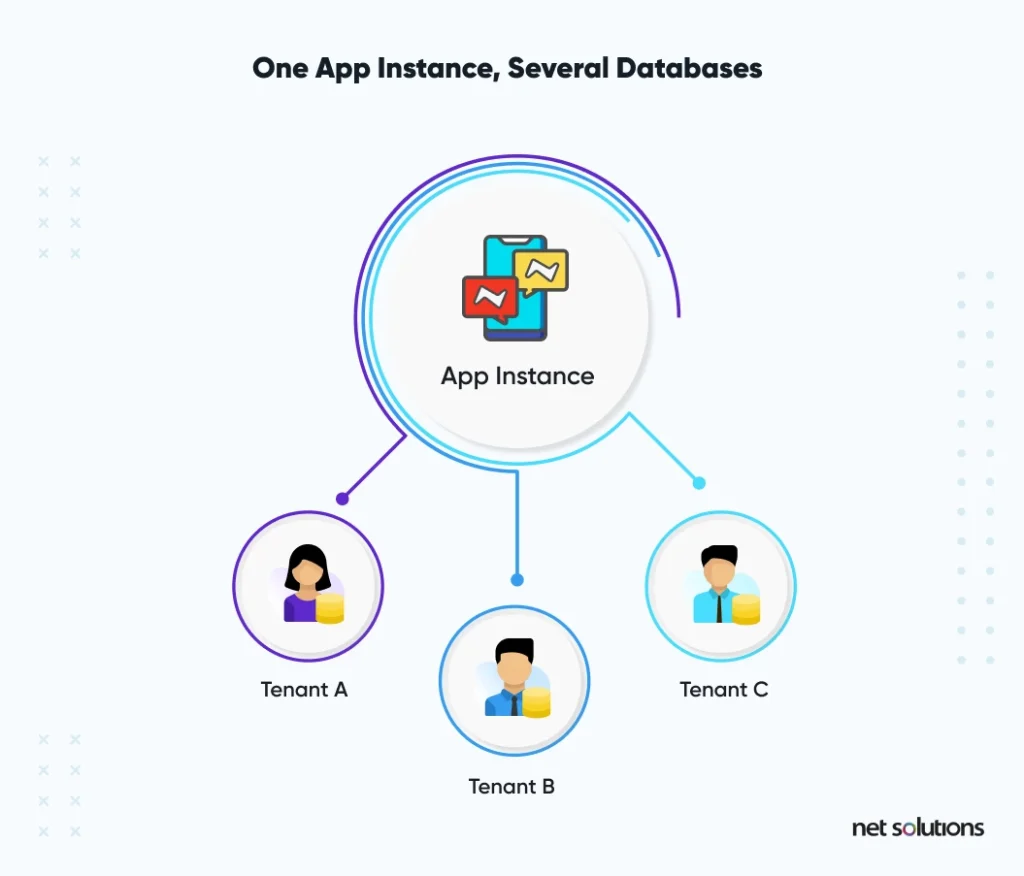
3. Multiple App Instances, Multiple Databases
In this setup, every tenant has a separate instance of the application installed and configured at their end. This further means that every application instance will support a separate database.
This type of multitenant architecture is the most expensive considering the level of data isolation involved.
Benefits
- Highly secure
- Offers full control
Drawbacks
- Highly expensive
- Can get difficult to maintain and manage
How does Multi-tenancy Work?
In a multitenant architecture, a single instance of the software is shared on the public cloud and is accessible to multiple tenants. What is an instance of software? This Stack Overflow thread has an on-point definition for an instance.
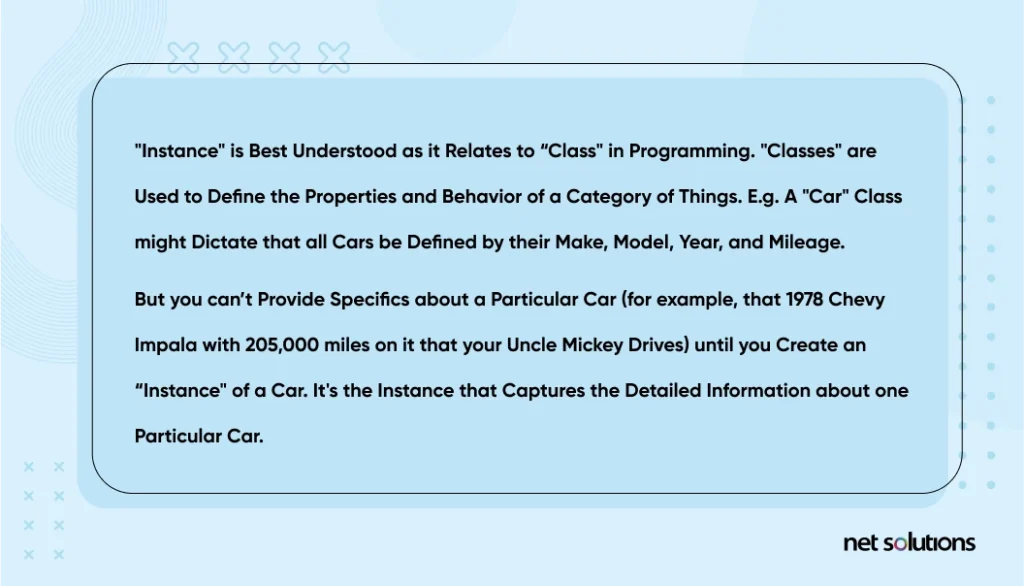
These tenants share various resources such as compute, storage, and networking. Moreover, each of the tenants can separately define their instance when they subscribe to the SaaS product. For example, an instance can store — company’s name, configuration, UI design, admin controls, etc.
The SaaS provider stores metadata (file carrying information about the customers) for each of the tenants. This metadata is then altered at runtime for each of the tenants for customizing their end of the software application based on their business and functional requirements.
Also, a permission system is deployed while building a SaaS application to eliminate the noisy-neighbor effect so that tenants are unable to interrupt or interfere with each other’s experience with the SaaS application.
Benefits of Multi tenant Architecture
The benefits of multi tenant architecture include:
a. Minimized Costs
The multi tenant architecture enables sharing of a single instance of the software. This reduces the overall investments that a company makes towards establishing a SaaS business model.
Moreover, scaling is not an issue with multi tenant architecture as new users can access the same instance of software without affecting the neighbor’s performance.
b. Better Efficiency
Because most of the cloud hosting providers work on a pay-as-you-go basis, managing efficiency is not challenging for a SaaS provider. They can easily request more resources as operations scale and can efficiently manage the growing community of users.
c. Shared Data Centers
The SaaS vendor doesn’t have to bother with creating a separate data center for each user. Commonly, a single data center is deployed for all the customers, which is the case when a business uses “One app instance, one database” type of multi-tenant architecture.
d. Easy Updates
The SaaS provider can easily introduce updates using a multi tenant architecture. The updates only need to be deployed once the entire software application gets updated.
Here’s a consolidated comparison chart that helps in understanding both the pros and cons of multi-tenant architecture:
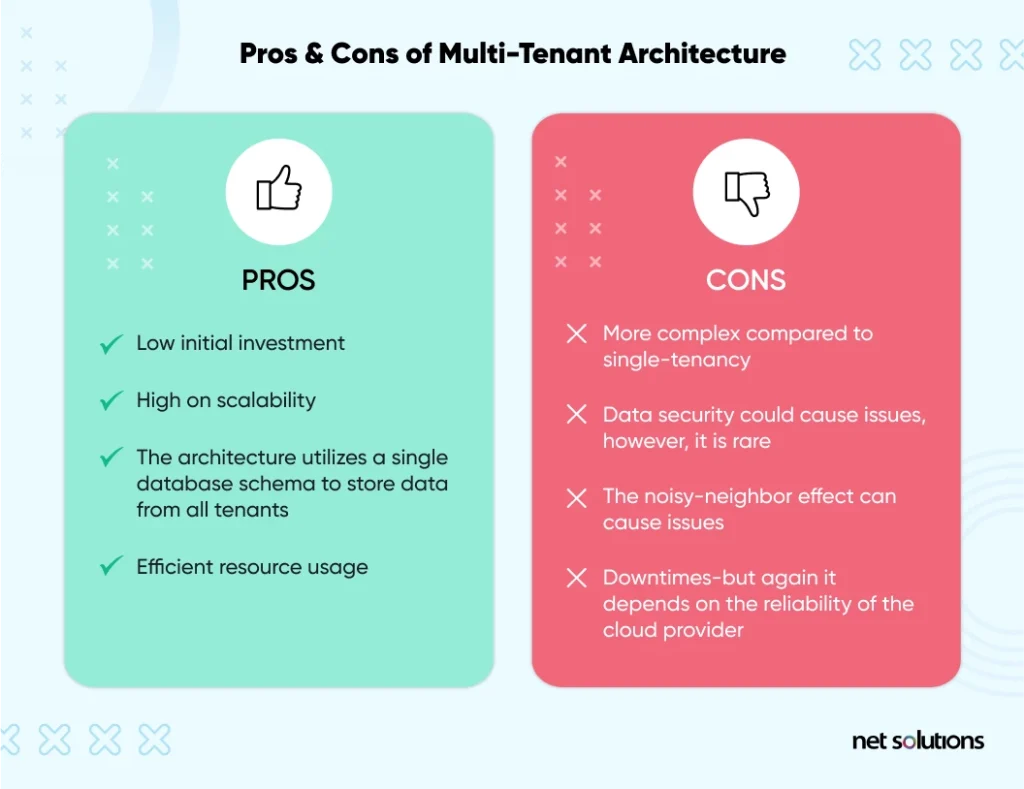
Frequently Asked Questions About The Multi-Tenant Architecture
When multiple tenants make simultaneous resource requests to the server, response delays are evident. This causes performance issues, which can further lead to a bad customer experience. This type of scenario is known as the noisy-neighbor effect.
The tenant domain is an environment where an instance of one tenant is completely identifiable from the saved instances of other tenants.
Following are the different use cases for single-tenant architecture and multi-tenant architecture:
When to use Single-Tenant?
- Industries with high concerns for data and security
- If the business supports a vertical SaaS model
- When a business wishes for more control and better backup reliability
When to use Multi-tenant?
- A business supports a horizontal SaaS model
- Looking for a cost-effective solution
- When the business needs a less complicated architecture
In multitenancy, multiple users share the same instance of the software, in the same operating environment, using the same infrastructure and database. On the other hand, virtualization involves running every application on a separate VM (virtual machine) and its own dedicated operating system.
The private cloud and the public cloud use multitenant architecture in a similar way. The only difference is that in a public cloud, one organization shares the application with another organization. Whereas, in a private cloud, different teams within the same organization share the application among themselves.

